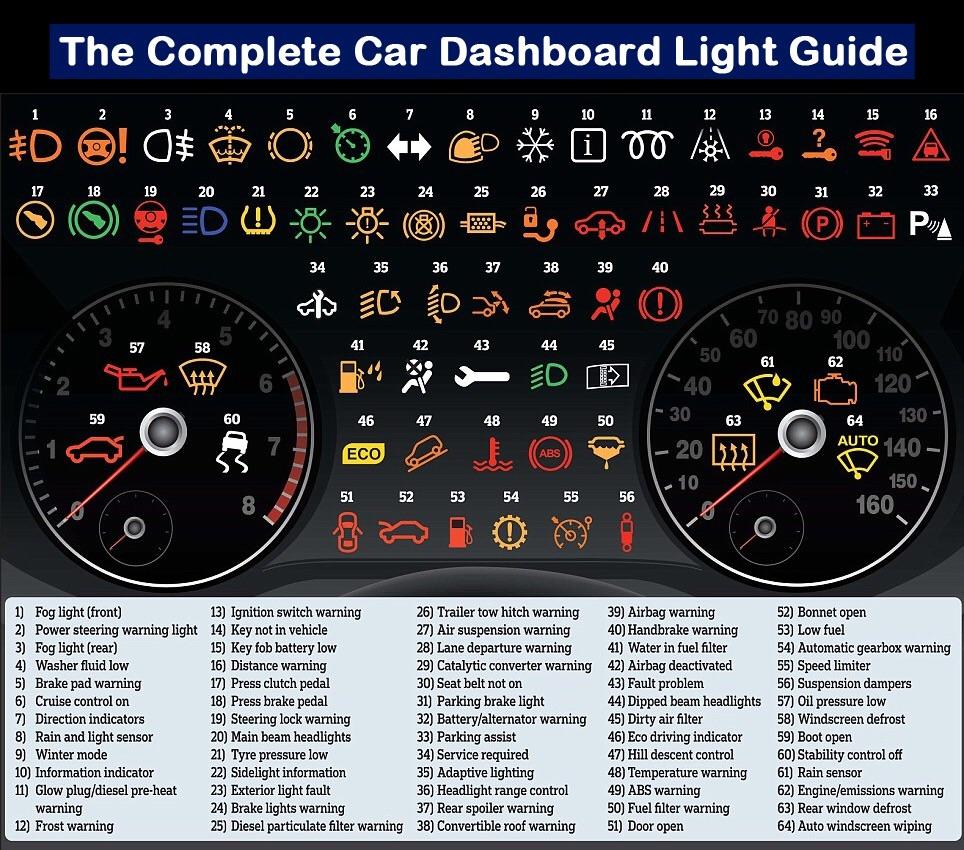When you think of driving‚ safety is often the first concern that comes to mind. One of the essential safety features in any vehicle is the hazard light system. This guide will explore everything you need to know about hazard lights in cars‚ including their purpose‚ how to use them‚ and legal considerations.
What Are Hazard Lights?
Hazard lights‚ also known as emergency flashers‚ are a vehicle’s warning lights. They are designed to alert other drivers that your vehicle is experiencing a problem or that you are temporarily stopped in a dangerous or unexpected situation. When activated‚ all four turn signal lights on a vehicle will blink simultaneously.
Purpose of Hazard Lights
The primary purposes of hazard lights include:
- Warning Other Drivers: Hazard lights signal to other drivers that your car is not moving or is in distress.
- Indicating a Temporary Stop: They are used when a vehicle is stopped on the road for any reason‚ such as a breakdown or waiting for a passenger.
- Enhanced Visibility: Hazard lights make your vehicle more visible to other road users‚ particularly in low-visibility conditions such as fog or rain.
When to Use Hazard Lights
Knowing when to use hazard lights is crucial for road safety. Here are some situations where activating hazard lights is appropriate:
- Breakdown: If your vehicle breaks down on the road‚ turn on your hazard lights to alert other drivers.
- Accident Scene: If you are involved in or witness an accident‚ use your hazard lights to indicate the presence of an emergency.
- Construction Zones: When driving through construction zones where traffic may be halted‚ hazard lights can help signal caution.
- Roadside Stops: If you need to stop unexpectedly‚ such as for a flat tire‚ activate hazard lights to inform other drivers.
- Weather Conditions: In adverse weather conditions like fog‚ heavy rain‚ or snow‚ using hazard lights can increase your visibility to others.
How to Activate Hazard Lights
Activating hazard lights is generally straightforward and can be done using the following steps:
- Locate the hazard light button‚ usually marked with a red triangle‚ on your vehicle’s dashboard.
- Press the button to turn on the hazard lights; you should see all four turn signal lights flashing simultaneously.
- To deactivate‚ press the button again.
Legal Considerations
While hazard lights are an essential safety feature‚ their use is subject to legal regulations that can vary by location. Here are some key points to consider:
- State Laws: In many jurisdictions‚ it is illegal to drive with your hazard lights on while in motion. They should only be used when your vehicle is stationary.
- Parking Regulations: Some areas may have specific regulations regarding the use of hazard lights when parked. Always check local laws.
- Emergency Situations: In some regions‚ it is required to use hazard lights during certain emergency situations‚ such as when pulled over for a mechanical issue.
Common Misconceptions
There are several misconceptions about hazard lights that drivers should be aware of:
- They Indicate a Moving Vehicle: Hazard lights are not meant to signal that a vehicle is moving. They indicate a vehicle is stopped or in distress.
- They Are the Same as Turn Signals: Hazard lights use the same bulbs as turn signals but serve a different function. Turn signals indicate direction‚ while hazard lights indicate a warning.
- They Can Be Used Anytime: As mentioned earlier‚ hazard lights should not be used while driving unless in specific situations like emergencies.
Maintenance of Hazard Lights
Like any vehicle feature‚ hazard lights require maintenance to ensure they function properly. Here are some maintenance tips:
- Regular Checks: Periodically check your hazard lights along with your turn signals to ensure they are working correctly.
- Replace Bulbs: If one or more bulbs are burnt out‚ replace them promptly to maintain safety.
- Consult a Mechanic: If you notice any issues with your hazard light system‚ such as inconsistent flashing or failure to activate‚ consult a qualified mechanic.
Hazard lights play a vital role in ensuring safety on the roads. Understanding when and how to use them can prevent accidents and improve visibility in critical situations. Always familiarize yourself with local laws regarding hazard lights to ensure compliance and enhance your driving safety.
By following this guide‚ you can effectively use hazard lights to communicate with other drivers and maintain safety for yourself and others on the road.

